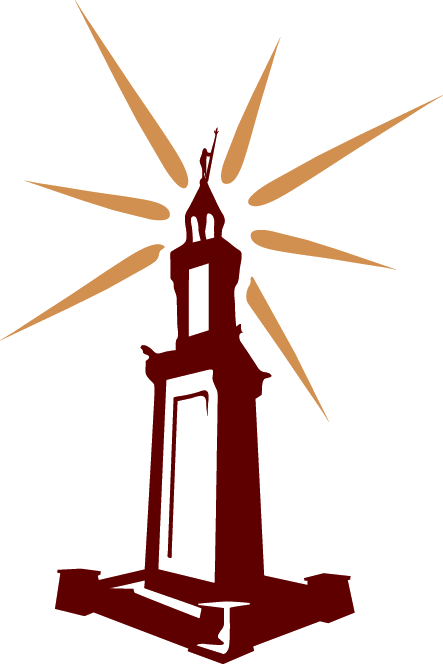Author’s Preface
Author’s Preface Late last year, I received an e-mail announcing a symposium celebrating the fiftieth anniversary of the founding of the Folklore and Mythology Program at Harvard University. As a member of the first class to be awarded degrees in the program, and as the only member of that class to have gone on to pursue graduate study and a career in the discipline, I responded to… Read more
